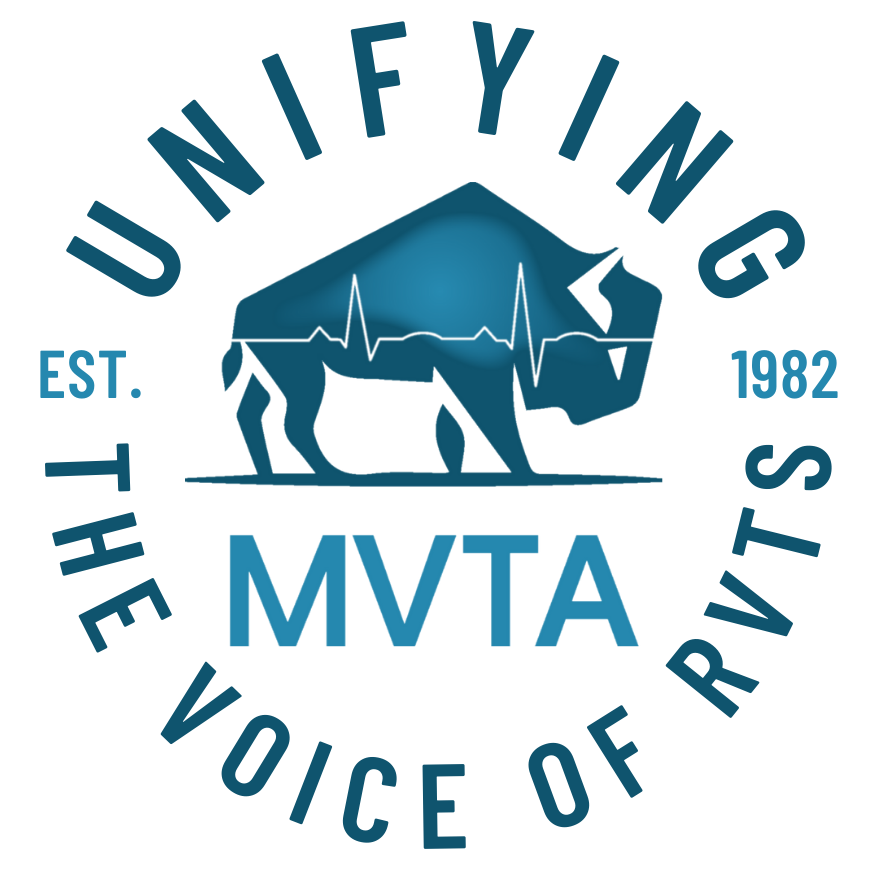what is a
Veterinary Technologist?

RVTs are an
Integral part of the Veterinary Team













A Registered Veterinary Technologist, or RVT, is trained to work under the supervision of a Veterinarian and can also work in other animal health related fields. Under the supervision of the Veterinarian, the technologist performs many tasks in the clinic. With their specialized training, RVTs offer a great deal to the hospital setting.
By assuming many of the technical duties and care of the patients, Veterinary Technologists enable Veterinarians to concentrate on their patient caseloads and expand the range and quality of services provided.
As specialized assistants, Veterinary Technologists have much to offer to the veterinary field in the care and management of animals. Veterinary Technology offers a rewarding and challenging career for dedicated, caring individuals.
Career Opportunities
Under the supervision of the Veterinarian, the technologist performs many of the tasks in the clinic. With their specialized training, RVTs offer a great deal to the hospital setting. Technologists are trained to work in these numerous animal related settings:
- Private practice
- Research laboratories
- Food animal inspection
- Pharmaceutical companies
- Education
- Livestock health management
- Zoos
- Animal Shelters
Education
The education of a technologist involves a two to three year college course. Veterinary Technology courses offered are a 2 or 3 year diploma program. Further information about a program may be obtained directly from the college. Manitoba has a 2 year program at Red River College Polytechnic (RRC Poly) in Winnipeg: this course is accredited by the Canadian Veterinary Medical Association. The two years spent at RRC Poly involve classroom lectures, scientific labs, participation in on-the-job training program.
Admission Requirements
College admission requirements vary between colleges, however a “B” grade average or higher is generally required in the Biological Sciences, Math, and English. Computer experience is also a prerequisite. Experience in a veterinary setting is also required.
Technologist vs Technician?
Again this is objective, there is the general belief in some educational institutions that: Technology classifies someone that is trained to recognize reasoning behind various tasks as well as how to perform a procedure and has 2-3 years of training vs Technician classifies someone that is trained in a procedure but does not necessarily have an extensive background and has 1 -2 years of training.
In Canada, the use of technician or technologist in the RVT field is recognized as the same.
Responsibilities
In veterinary clinics, Veterinary Technologists primarily function as professional assistants to Veterinarians. Some examples of the duties a qualified VT is trained to perform under the direct supervision of a Veterinarian are:
- Anesthesia
- Preanesthetic evaluation
- Administration of anesthetic agent
- Monitoring anesthetized patient
- Patient recovery
- Surgical Assisting
- Patient preparation
- Instrument sterilization
- Surgical site preparation
- Maintenance of surgical equipment
- Patient Care
- Medical administration
- Administration of vaccines
- Sample collection
- Physical therapy
- Special intensive nursing care
- Bandage application and suture removal
- Nutritional management
- Client education
- Dispensing of Medication
- Radiology
- Patient preparation
- Patient positioning
- Radiation safety
- Radiographic film development
- Clinical Pathology
- Specimen collection
- Sample analysis
- Microbiological techniques
- Parasitology
- Necropsy
- Post-mortem preparation
- Tissue collection and handling
